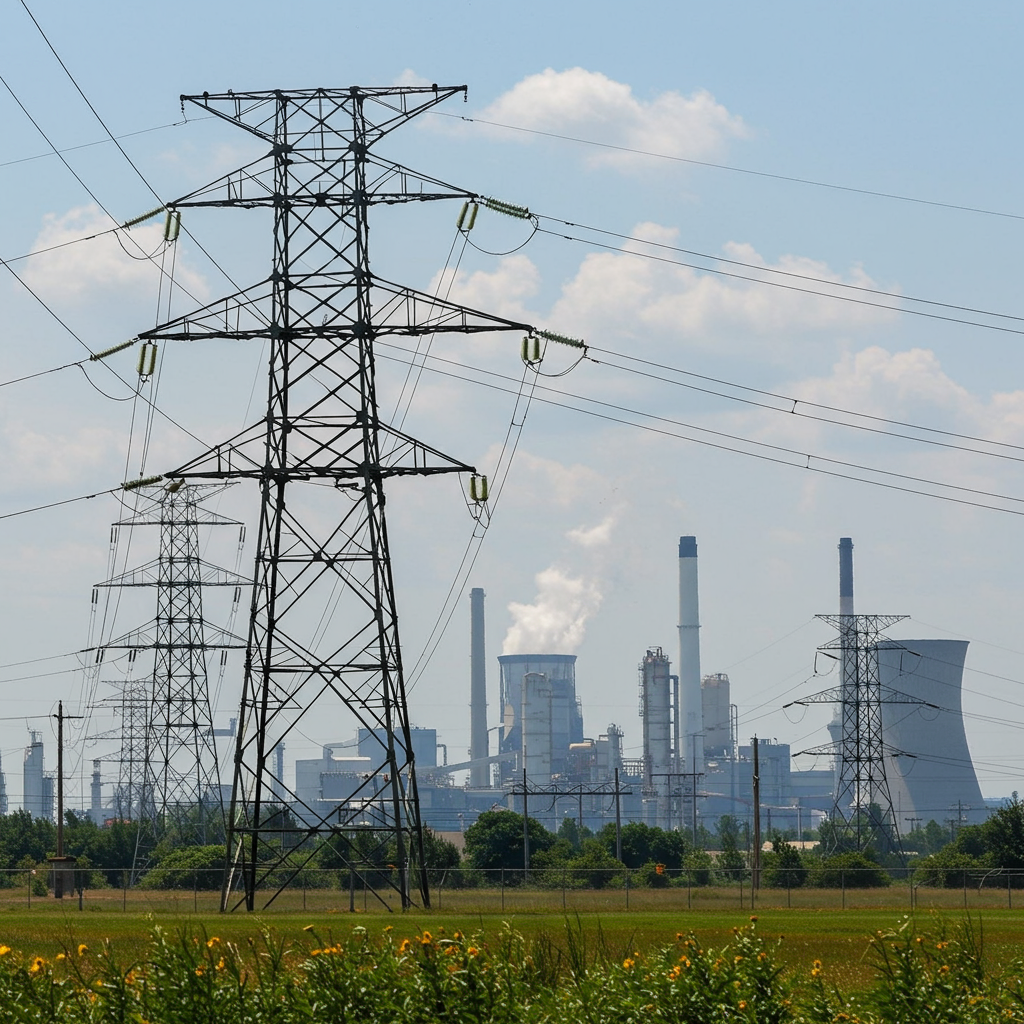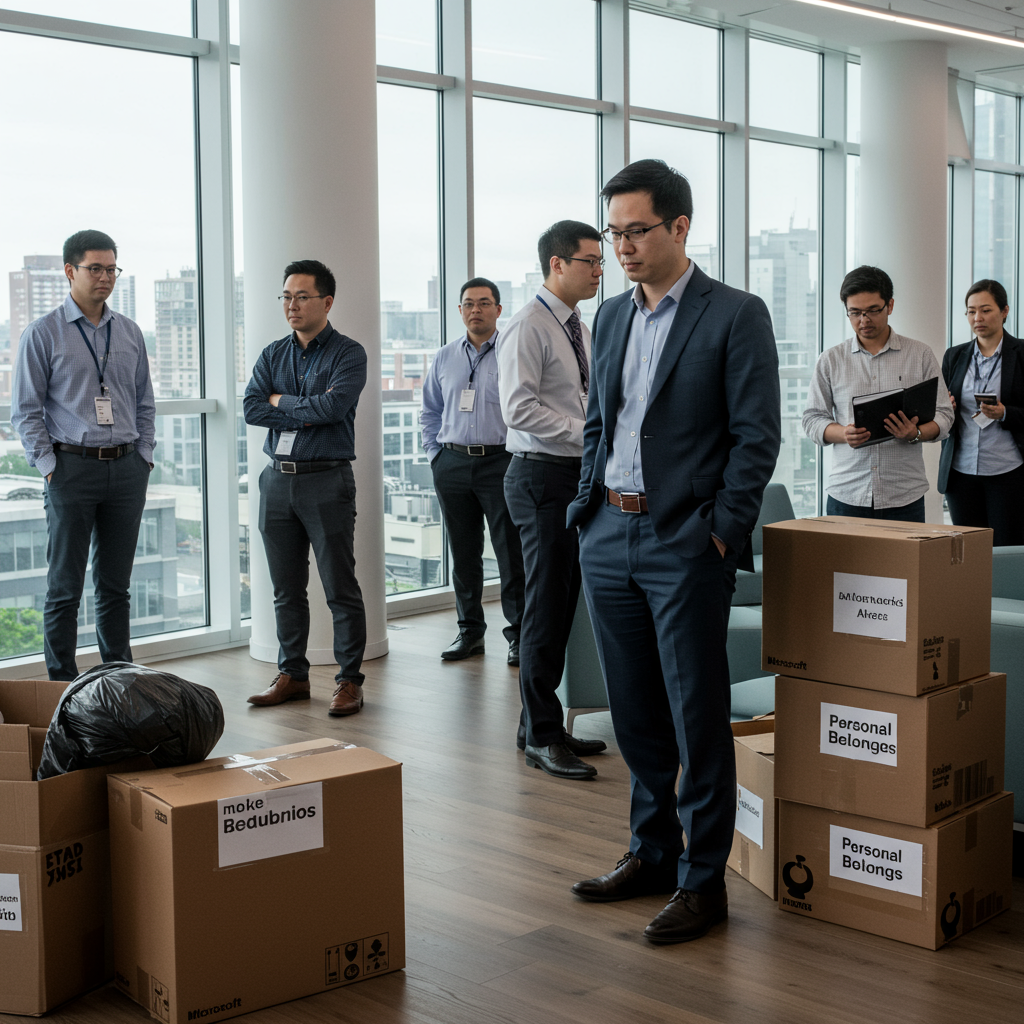Ohio Power Grid Faces Strain Under High Demand
Ohio’s power grid operator is issuing a warning about potential stress on the state’s electricity system. Record or near-record heat combined with robust industrial activity are driving up demand, pushing the grid towards its operational limits.
Grid operators constantly monitor conditions, balancing electricity supply and demand across the region. However, during periods of extreme weather and peak usage, this balance becomes challenging.
The Double Impact: Heat and Industry
Two primary factors are contributing to the current strain:
Extreme Heat: Prolonged high temperatures lead to significantly increased use of air conditioning in homes, businesses, and public buildings. This surge in cooling demand represents a massive load on the grid.
Industrial Activity: Concurrent with the heat, ongoing industrial operations maintain their demand for electricity, adding to the overall load that the grid must support.
When these factors coincide, the total electricity required can approach or exceed the available generation and transmission capacity, creating a critical situation.
Understanding the “Red Flag”
When grid operators “raise a red flag,” it signals that reserve power capacity is shrinking. This isn’t necessarily an immediate crisis, but a proactive warning that conditions could worsen if demand continues to climb or if power generation/transmission assets experience unexpected outages.
Such warnings often precede requests for voluntary energy conservation from electricity users. In the most severe scenarios, and only as a last resort, grid operators may need to implement controlled measures like rolling blackouts to prevent uncontrolled, widespread outages that could cause significant damage to infrastructure.
What You Can Do
While officials monitor the situation, residents and businesses can help alleviate strain by practicing energy conservation during peak hours (typically late afternoon and early evening when temperatures are highest and solar generation may be declining). Simple actions include:
Adjusting thermostats a few degrees higher.
Delaying the use of large appliances like dishwashers, washing machines, and dryers.
- Turning off lights and electronics when not in use.
Staying informed through local news and official grid operator communications is crucial as conditions can change rapidly based on weather patterns and grid performance.



